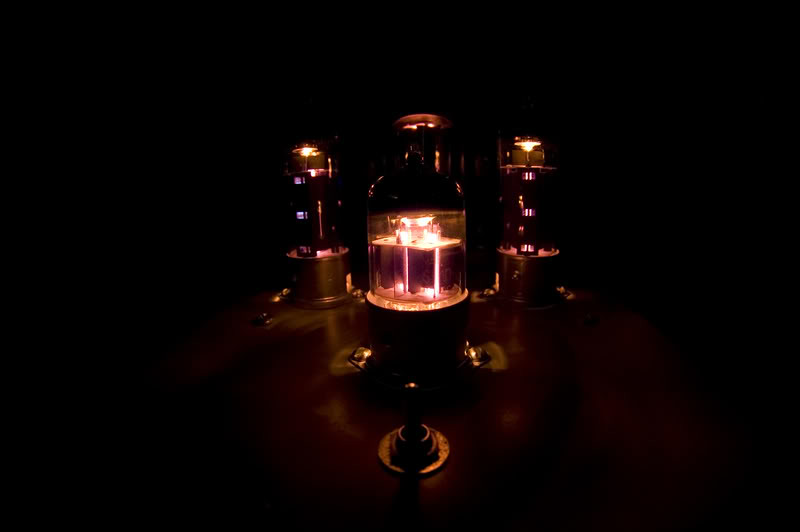arts
Addicted Member
I have been all over the net trying to find ''the definitive answer'' to the question of testing the 6N1P double triode.
Seems that this type is a Russian oddball that crosses over with nothing else.I have tried testing it as several types mentioned,ie 6AQ8,6BQ7 (which seems to be sorta close,but no cigar!) and even the 6J6,just because the mechanical construction is rather similar Anybody got better 411 on this?
Anybody got better 411 on this?
Seems that this type is a Russian oddball that crosses over with nothing else.I have tried testing it as several types mentioned,ie 6AQ8,6BQ7 (which seems to be sorta close,but no cigar!) and even the 6J6,just because the mechanical construction is rather similar



 DSCN5766
DSCN5766 SE84B in the dark
SE84B in the dark
